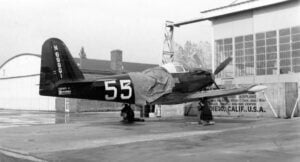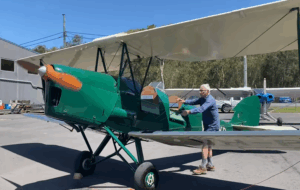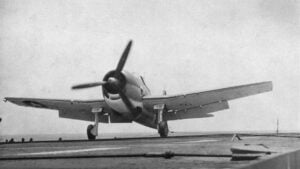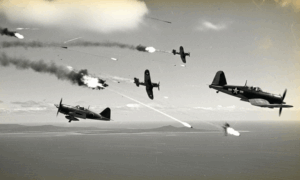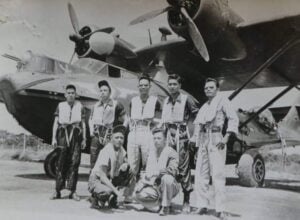That Time a Female WW2 Mechanic Rode Atop a Fighter Plane by Accident
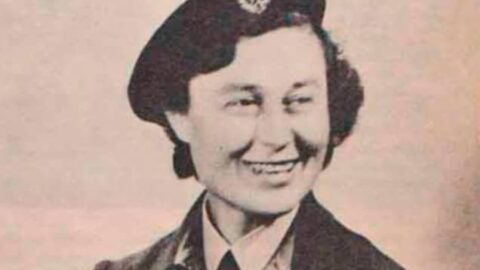
YouTube / Ted Coningsby
Margaret Horton didn’t consider herself especially brave. In her own words, she wasn’t even comfortable climbing ladders or riding a bicycle. But during the chaos and unpredictability of World War II, she ended up clinging to the tail of a fighter plane 600 feet in the air—completely by accident.
This is the story of a routine job gone wildly wrong, and the astonishing poise of a woman who thought she was facing certain death.
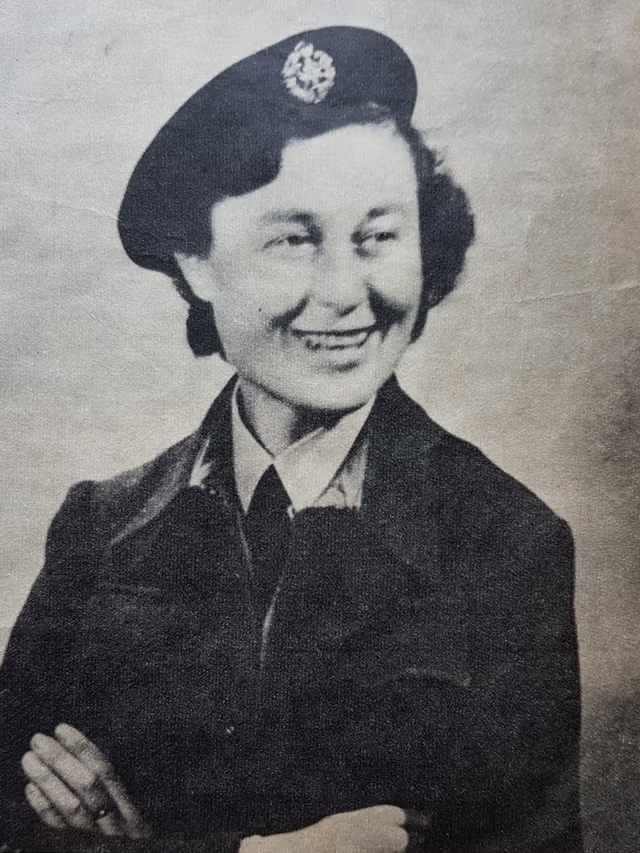
A Mechanic’s Odd Task: Human Ballast
In 1945, Horton served as a mechanic with Britain’s Women’s Auxiliary Air Force (WAAF) at RAF Hibaldstowe in North Lincolnshire. Her job included one unusual duty: during windy conditions, ground crew would sit atop the tail of a Supermarine Spitfire to keep the lightweight aircraft stable while taxiing to the runway. Known as the “Rough Weather Procedure,” it was just one more wartime quirk of working with prop-driven fighters.
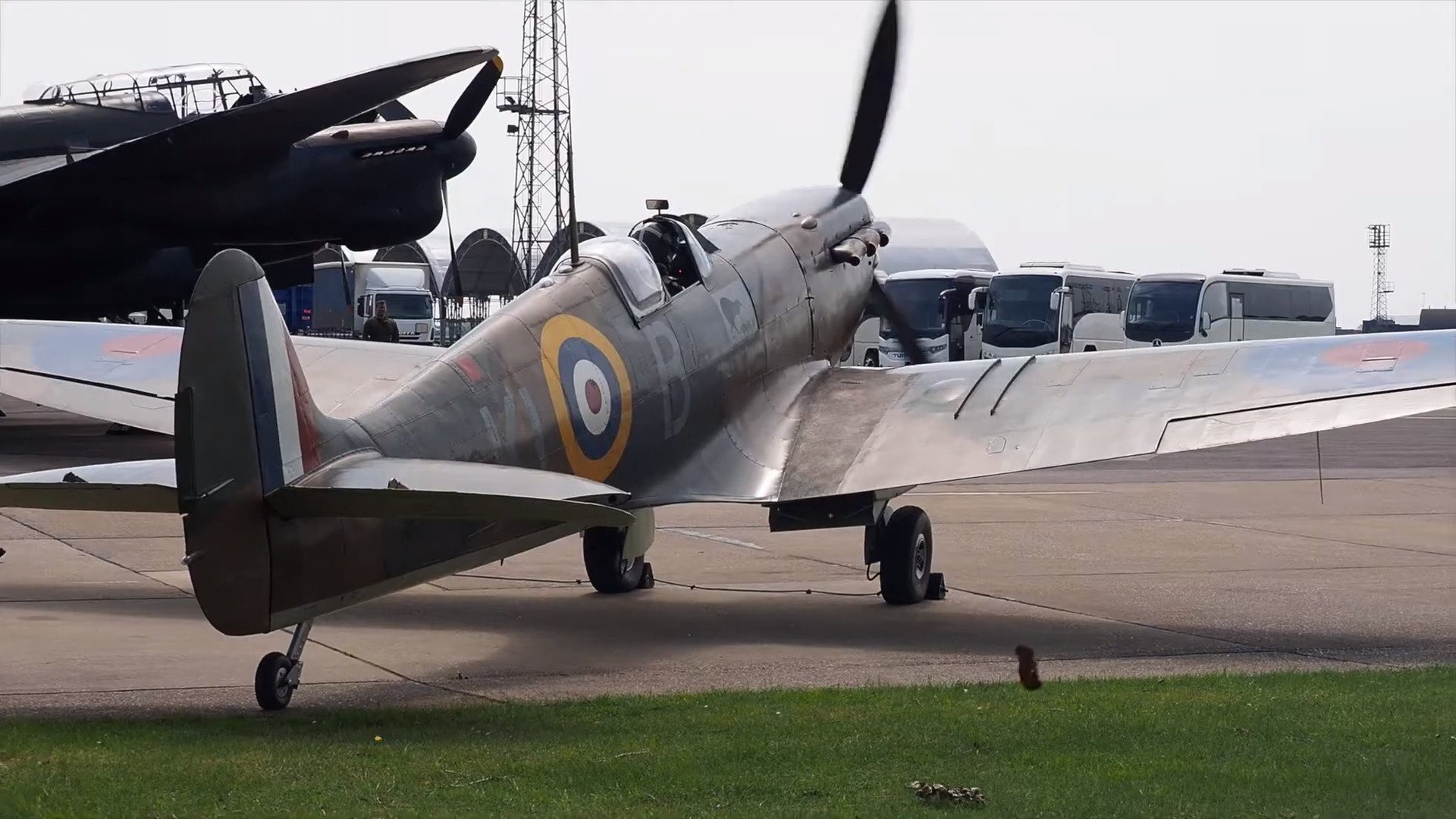
It was nothing daring—until it very suddenly was.
The Mistake That Sent Her Skyward
On one particularly blustery day, Horton climbed onto the tail of a Spitfire, expecting to hop off at the edge of the runway before takeoff, as usual. But something went wrong. The pilot, Lt. Neill Cox, hadn’t been informed anyone was sitting on the tail—and from his cockpit, he couldn’t see her.
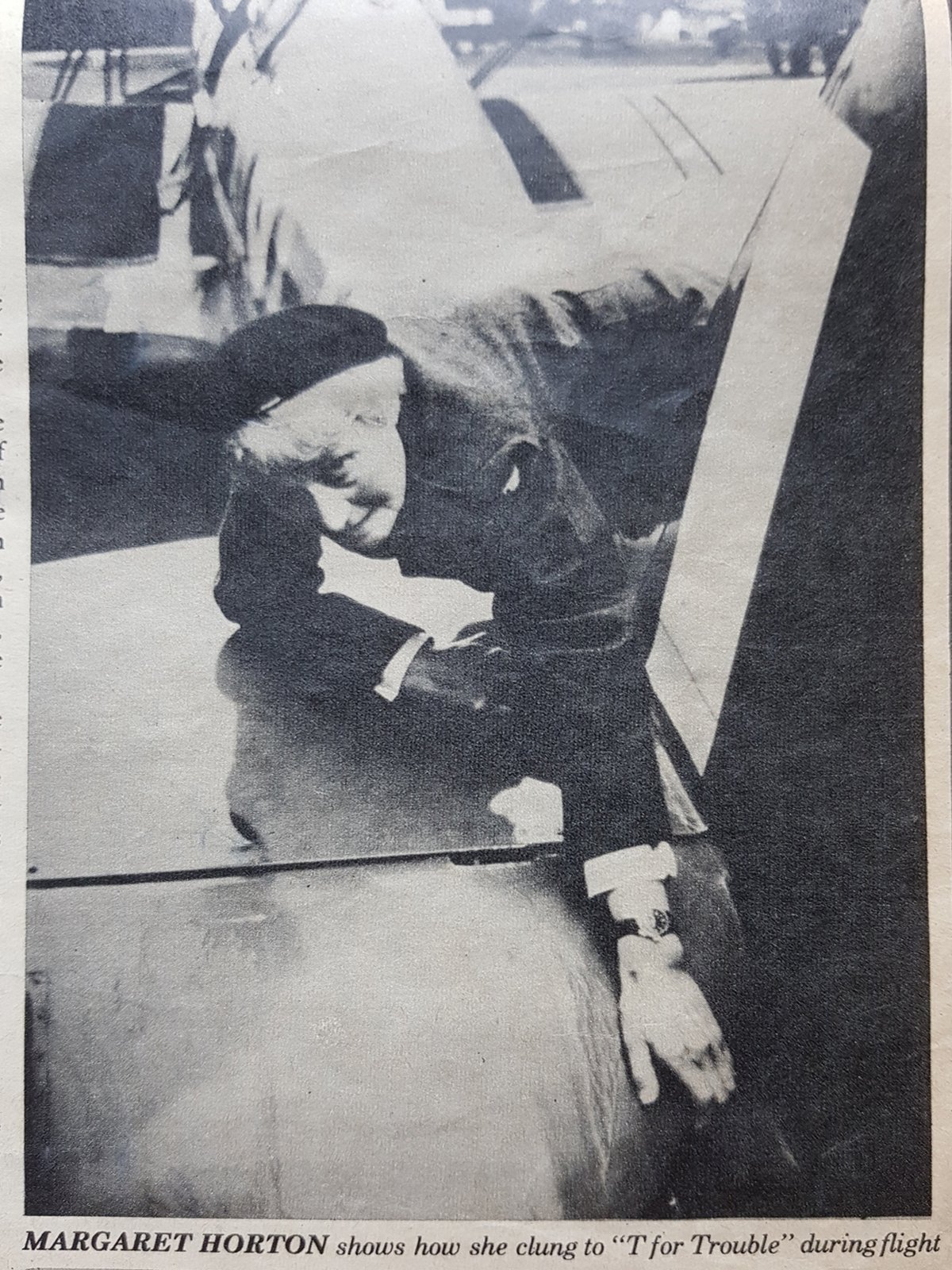
As the plane began to taxi faster than usual, Horton knew something was off.
“The violently increased rate at which we were taxiing first told me that something was wrong,” she recalled years later. She threw herself across the fuselage and tried to move the plane’s elevator to get the pilot’s attention—but it was no use.
Hanging On for Dear Life
With no chance to jump off safely, Horton did the only thing she could: hold on. She wrapped herself around the vertical stabilizer, her legs dangling off one side of the aircraft, her torso on the other, gripping with just three fingers.
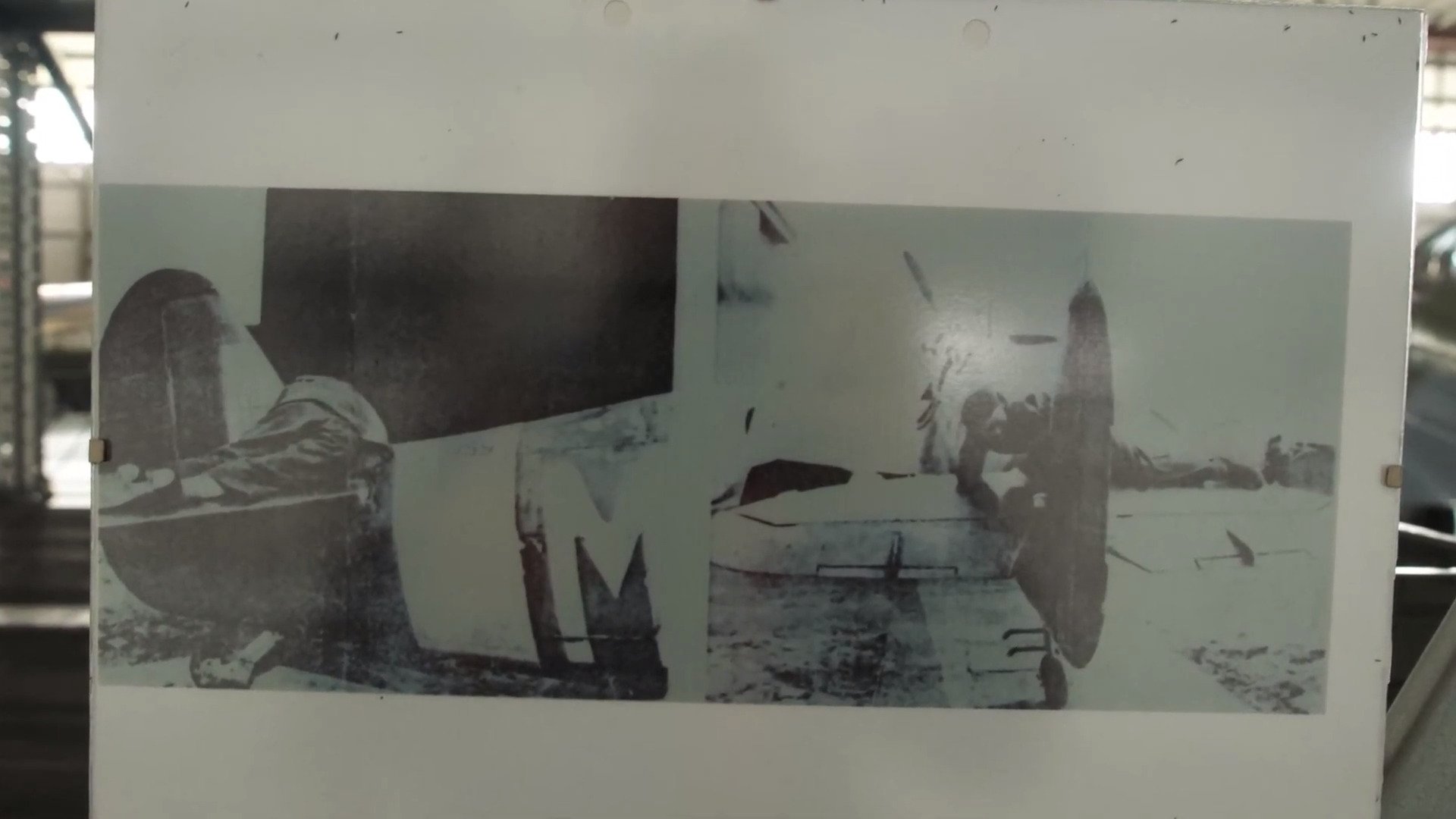
Then the plane took off.
At 600 feet, she felt the blood rush to her head. Her vision darkened. She believed, with chilling clarity, that she was already dead.
“I’ve muffed it for the last time—better me than most people, but I wish it hadn’t happened!” she thought, suspended between sky and earth, expecting to slip off with the next turn or gust.
A Moment of Clarity in the Sky
But something changed. As the aircraft soared through calm, open skies, a strange serenity washed over her.
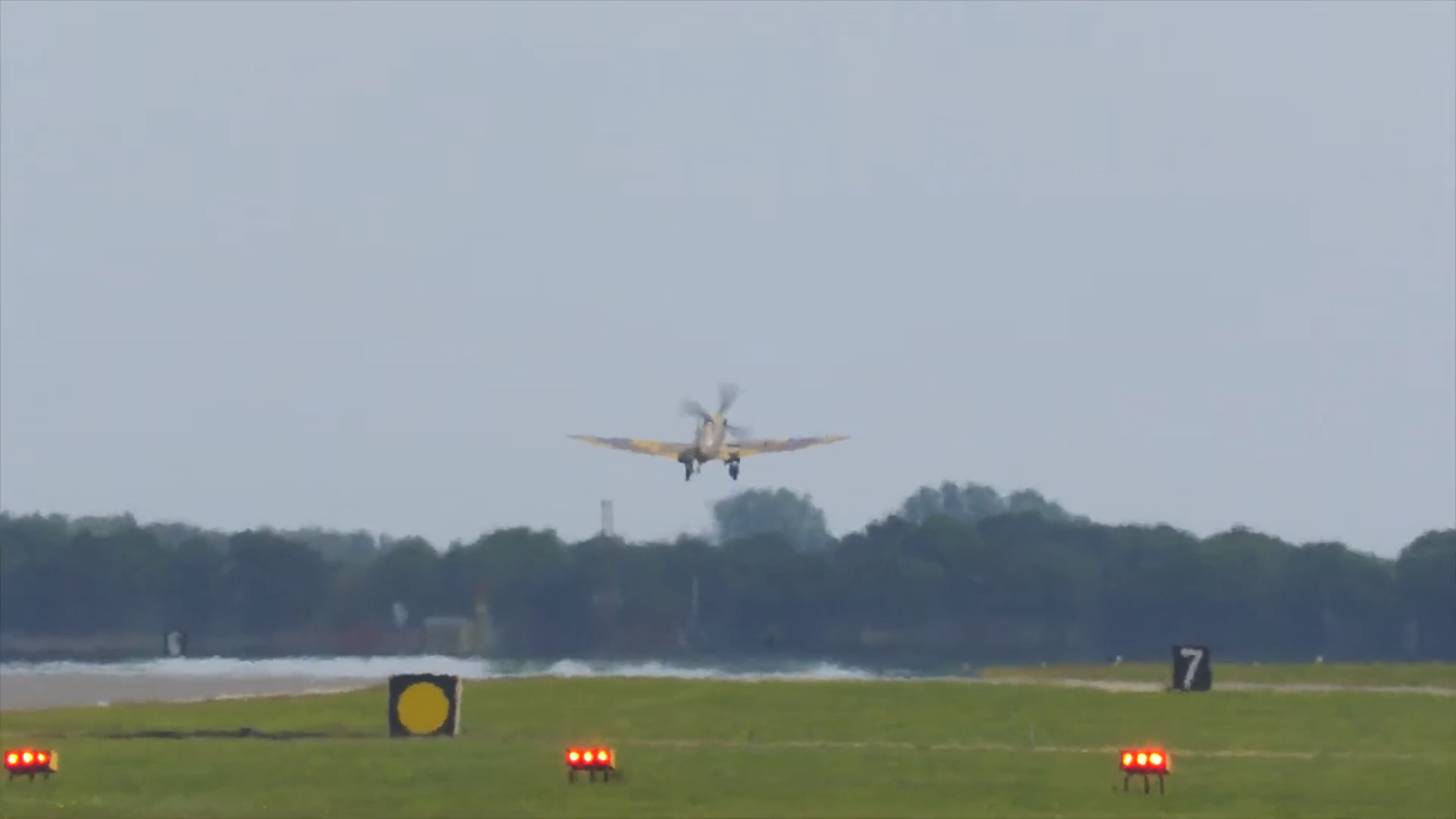
“Steadily, the idea that there was nothing to harm me took possession of my mind… I knew I was safe whether the flight was to last ten minutes or a couple of hours,” she later wrote.
Meanwhile, in the cockpit, Lt. Cox was struggling. The plane’s controls felt off—like something was dragging or resisting in the tail section. He radioed in a mechanical issue. Control tower staff, who had glimpsed Horton clinging to the tail during takeoff, didn’t tell him the truth. They feared it might cause panic in the air.
A Smooth Landing, A Shocking Discovery
A short time later, Cox landed the Spitfire as smoothly as possible. Horton, still somehow intact, didn’t even realize they’d touched down until she felt the deceleration on the runway.
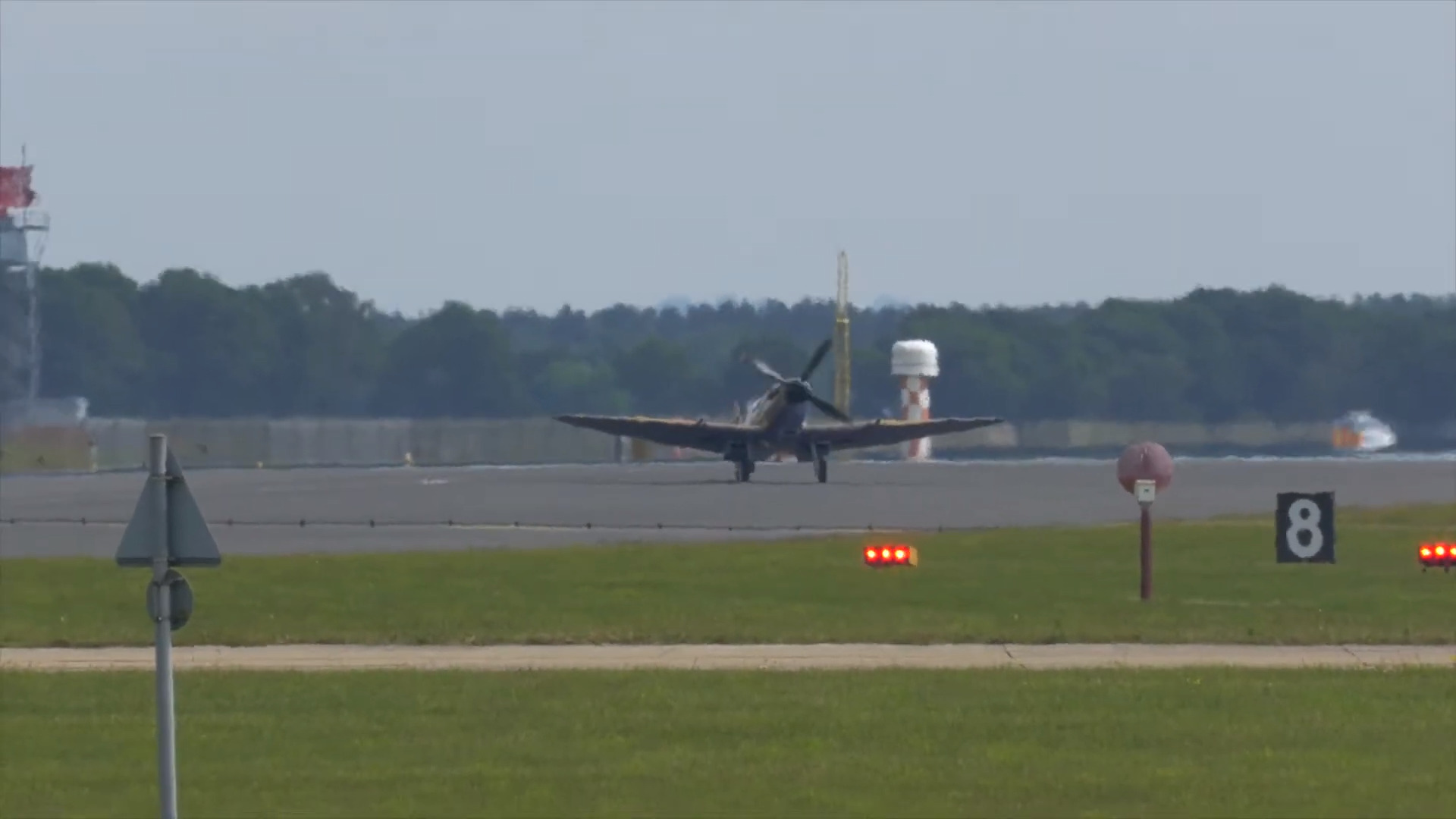
She slipped off, staggered a few steps, then ran back—to retrieve her beret, which had miraculously stayed on through the entire flight and only fallen off on landing.
It was only then that Cox learned why his controls had felt strange. He was stunned.
Back to the Runway… Sort Of
Horton, ever the quiet professional, was ready to return to her post for the next flight. But as she prepared to climb aboard, Lt. Cox gently stopped her.
“Please don’t sit on my tail again,” he said.
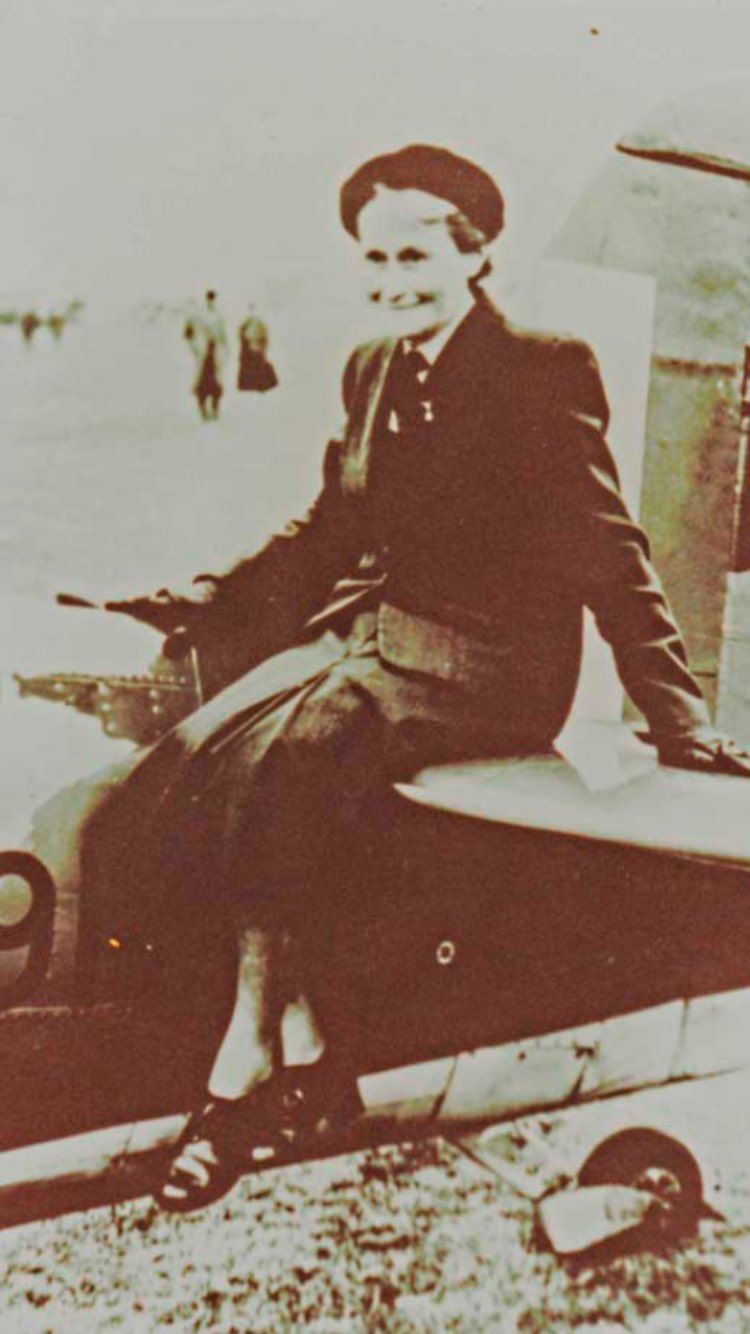
Fear, Acceptance, and Unexpected Courage
In a later reflection, Horton wrote about the strange stillness that comes when you truly believe your time is up:
“Once the last human possibility of escape has vanished, fear also departs as being of no further use.”
What began as a mundane duty turned into a near-death experience—and an unforgettable piece of wartime history. Horton’s accidental flight didn’t earn medals or headlines, but it’s a remarkable reminder of the surreal, sometimes absurd situations ordinary people faced during extraordinary times.
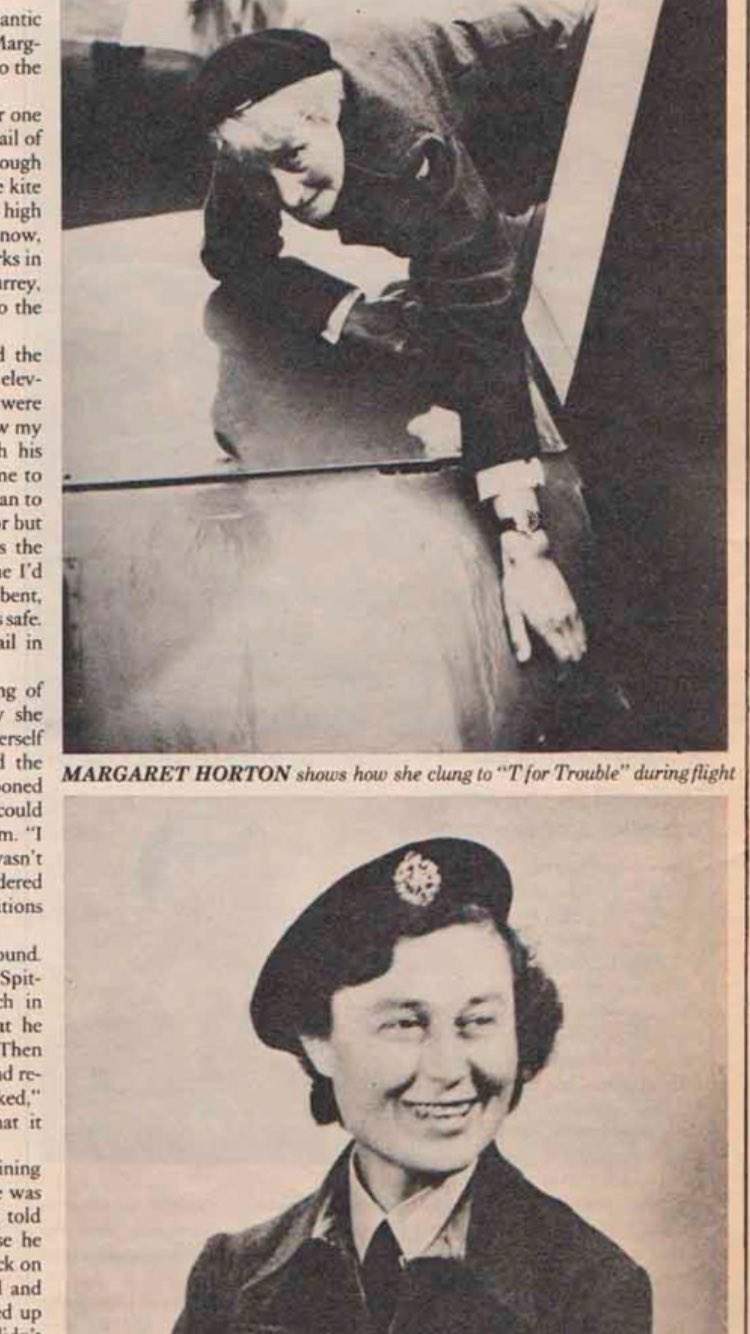
And perhaps most remarkably of all? She walked away with only a missing beret—and a story no one would believe if it weren’t true.















